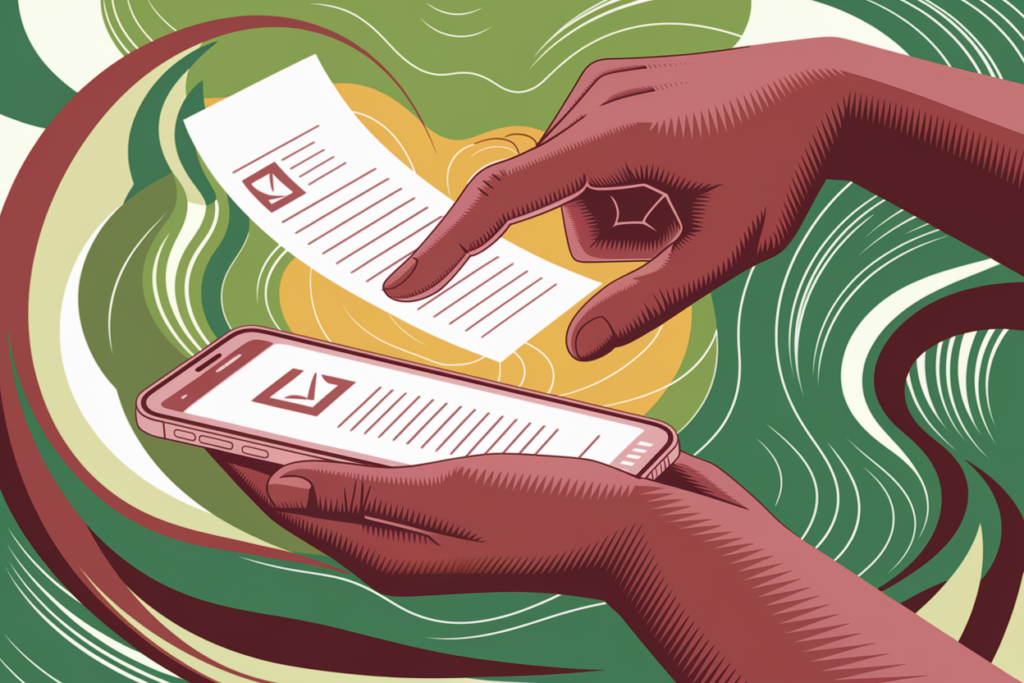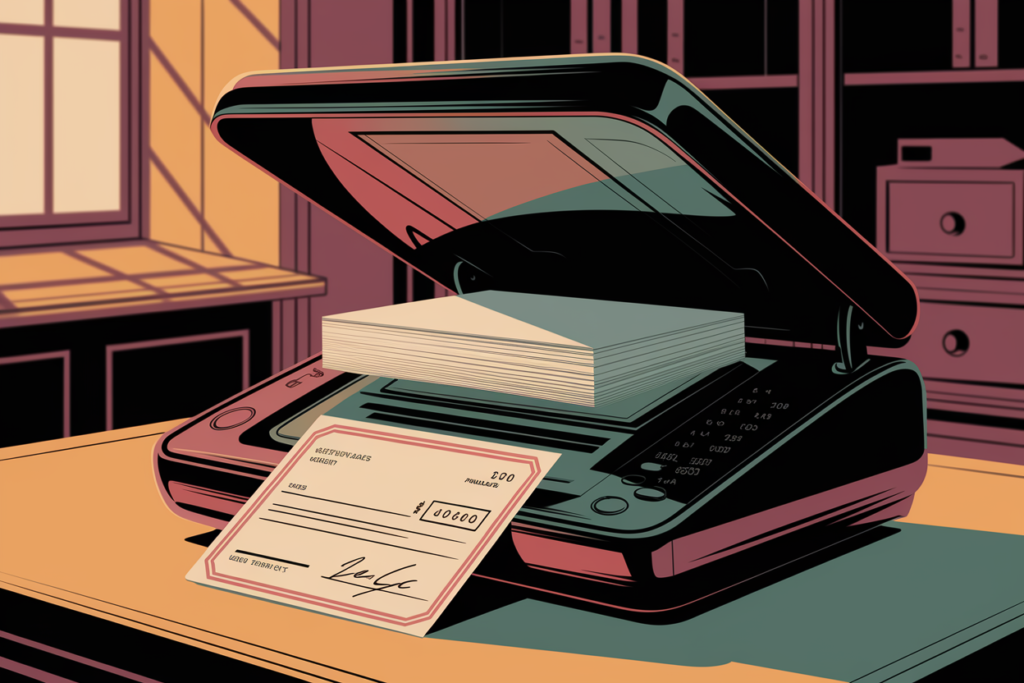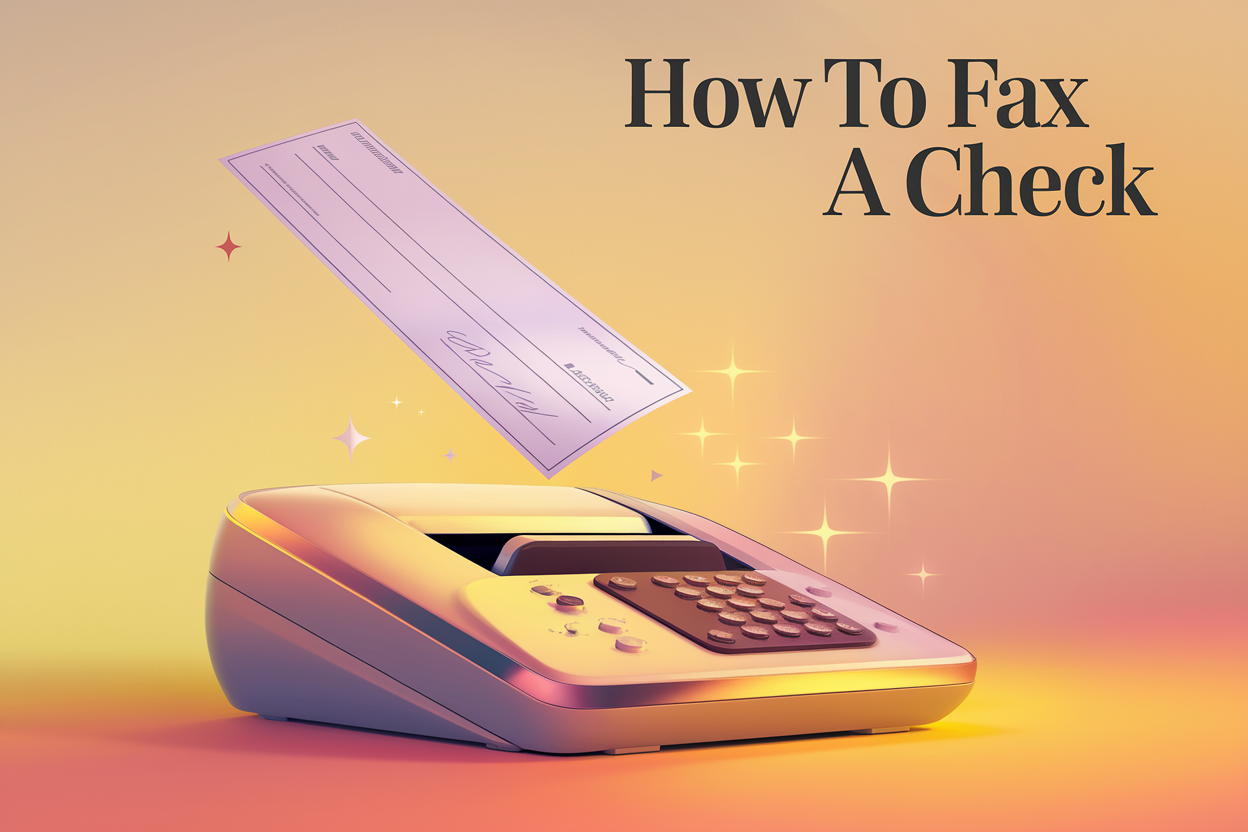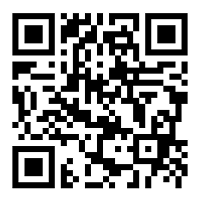Ever wondered if you could just fax a check to pay a bill quickly instead of mailing it? It’s a common question in our increasingly digital world. While it’s technically possible to send a check via fax, whether it will be accepted depends on the recipient’s policies and local regulations. Some businesses might accept faxed checks for payment processing, especially when time is of the essence.
However, there are important limitations to consider. When you fax a check, you’re basically sending a picture of your check, not the actual paper with your original signature on it. Lots of banks and businesses require the original check to process your payment properly. Faxing checks is often used more to verify things or to check if a payment is legitimate rather than actually processing the payment itself.
For those times when you need things done fast, newer options like online fax services give you more security than old-school fax machines. These services encrypt everything and confirm delivery, so you don’t have to worry when sending important financial info. With the right setup, faxing a check can be super helpful in specific situations when regular mail would take way too long.
How a Fax Machine Sends Your Check
A fax machine turns your documents into electronic signals that travel through phone lines. This technology is still around despite newer digital options because it’s simple and widely accepted.
When you send a check by fax, the machine:
- Scans your document, turning it into digital information
- Transmits this information through phone lines
- Reconstructs the document at the other end
Modern fax settings give you different options including:
- Resolution settings (standard vs. fine)
- Confirmation receipts
- Scheduled sending times
- Cover page options
Faxing a check creates a copy instead of sending the original. The receiving fax prints out a duplicate that shows all visible information from your original check but doesn’t have the physical properties banks typically want for processing.

Digital fax services like Municorn Fax have modernized this whole process, letting you send faxes from your computer or phone without needing an actual fax machine. These services keep the traditional fax protocol while making everything more convenient for you.
The Legality of Faxing Checks
Faxing checks involves specific legal stuff that changes depending on where you are and which bank you use. Understanding both the rules and practical side can help you make better decisions when sending payments.
Electronic Checks and Regulations
While you can definitely fax a check, it falls under electronic check processing rules in many places. The Check 21 Act from 2004 lets banks process check images instead of original paper documents. This law created a framework for electronic check processing, but doesn’t specifically talk about faxed checks.
Different banks have different policies. Some might accept faxed checks, especially for temporary processing, while others completely reject them due to security worries. Credit unions and smaller banks tend to be stricter than bigger banks.
The legal status depends on:
- The receiving bank’s internal policies
- Your local banking regulations
- What you’re using the transaction for
Many businesses use electronic check services instead of traditional fax machines, which give you better security and follow the rules better.
Legal Considerations for Faxing Checks
When faxing a check, several important legal factors come into play. First, copying checks for fraud is totally illegal under federal law. A faxed check isn’t automatically fraud, but how you use it matters a lot.
Whether a faxed check is legally accepted often depends on who’s receiving it. The IRS, for example, doesn’t take faxed checks for tax payments. Banks might temporarily accept faxed checks but usually want the original paper check to follow.
Key legal considerations include:
- Signature verification – Faxed signatures might not meet legal standards
- Fraud prevention – Banks need to verify the check is real
- Original document requirements – Many places require the physical check
Remember that banks often use faxed checks just to verify things rather than processing actual payments. For secure transactions, digital payment platforms give you better legal protection than faxed checks.
How to Fax a Check Safely
Faxing a check can be done securely if you prepare properly and follow the right steps. Taking the right precautions helps protect your financial information while making sure the recipient can process your payment correctly.
Preparing the Check for Faxing
Before sending a check via fax, you need to prepare it properly. Start by completely filling out the check with all the needed information. Make sure you include the date, who it’s for, the amount in both numbers and words, and a clear signature.
Make sure your handwriting is legible and dark enough to be visible after transmission. Consider using a black pen instead of blue, since it scans better.
Write “For Fax Transmission Only” across the front of the check to show it’s not the original. Some banks also suggest writing the recipient’s fax number on the memo line for extra security.
Create a cover page with your contact details and the recipient’s information. This helps route your fax to the right department at the receiving bank.
Secure Fax Transmission Procedures

When sending a check by fax, security should be your main worry. Call the recipient beforehand to confirm they accept faxed checks and to verify their exact fax number.
Use a secure fax service rather than a public fax machine. Online fax services like Municorn Fax offer encrypted transmissions that protect your financial information during transit.
Follow these steps for secure transmission:
- Confirm the recipient is ready to receive your fax
- Double-check the fax number before sending
- Send during business hours when someone can receive it promptly
- Call to confirm successful receipt
Keep your transmission receipt and the original check as proof. Most banks suggest not destroying the original check until the payment has been successfully processed.
If you’re faxing to a bank, ask about their specific requirements for processing faxed checks, as procedures may vary between financial institutions.
Frequently Asked Questions
Faxing checks brings up lots of important questions about security, legality, and processing. You probably need some clarity on these things before deciding if this method works for you.
Is it possible to securely send a check via fax?
Yes, you can send checks via fax, but you’ll need to think about security. For the best security, try using encrypted fax services instead of old-school fax machines.
Modern online fax services like Municorn Fax give you end-to-end encryption that keeps your sensitive financial information safe during transmission. This makes the whole process much more secure than using standard fax machines at places like shipping stores.
Before hitting send, it’s a good idea to call the person you’re faxing to and confirm they got your fax and check all the details. This extra step helps make sure nobody intercepts or misuses your check information – it’s like getting a confirmation note, but even better!
What are the legal implications of faxing a check?
Faxed checks sit in a bit of a gray area legally speaking. While it’s not actually illegal to fax checks, not all banks or businesses will accept them because they worry about security.
Different financial institutions have their own rules about faxed checks. Some might be happy to accept them, especially if you’re already their customer, while others might just say no straight away.
For business stuff, it’s smart to keep written authorization and documentation of your fax check procedures to protect everyone involved. This paperwork can be super important if any disputes pop up later – kind of like keeping a binder of important documents all in one place.
How do you verify the authenticity of a check received by fax?
Verification is super important when dealing with faxed checks. If you receive a faxed check, you should follow a proper verification process to make sure it’s real.
Contact the sender directly using contact information you already have (not what’s written on the fax) to confirm they actually sent the check. Check important details like the amount, account number, and what the payment is for.
Some businesses add extra security measures like passwords or security questions before they’ll accept faxed checks. These extra layers help stop fraud – just like how fax machines are often preferred over emails by many businesses because they’re more secure.
What are the risks associated with faxing a check?
The biggest risk is that someone might intercept your sensitive financial information. Unauthorized people could get hold of your account numbers and signatures.
Check fraud is a real concern with faxed checks, since the information could be used to make fake checks or take money from your account without permission. This risk gets even bigger if you’re using public fax machines or networks that aren’t secure.
Transmission problems can also happen, leading to blurry images or missing information that makes the check unusable. This can cause payment delays and other complications – faxing takes time, and if something goes wrong, it can take even longer to sort out.
Can electronic checks be transmitted through fax?
Yes, you can transmit electronic checks through fax, but this creates a kind of hybrid process. The electronic check becomes a paper document when faxed, and then has to be processed that way.
Most financial institutions now prefer completely electronic methods like ACH transfers or digital payment platforms rather than faxed electronic checks. These methods keep everything digital throughout the whole process.
If you need to use fax technology, services like Municorn Fax integrate with electronic payment systems to give you a more streamlined approach that maintains security features. It’s the digital equivalent to faxing at a shipping store – but much easier and quicker to use.
What is the standard processing time for a check sent by fax?
Processing times vary a lot depending on the policies of the institution receiving your fax. Generally, expect faxed checks to take 1-3 business days to process after they’re received.
Some businesses might process faxed checks the same day if you get them in before their daily cut-off time, while others might need extra verification steps that make the timeline longer. These verification procedures are important for security but do add time to the process.
Banks typically hold faxed checks longer than physical checks for fraud prevention. If you’re sending a time-sensitive payment, you should follow up with a phone call to make sure everything’s going smoothly. The average time to process can vary, just like how faxing itself can sometimes take longer than expected – a 30-page document might take around 15 minutes just to send!









